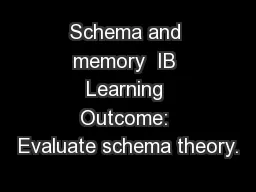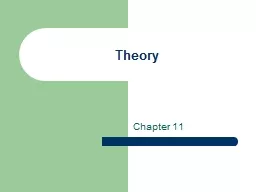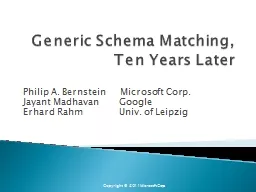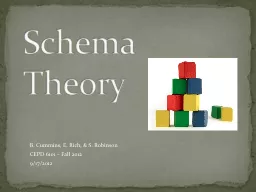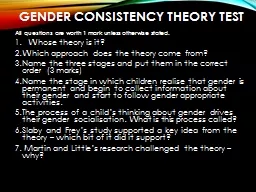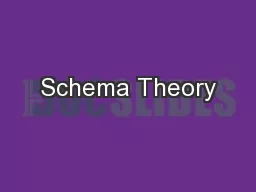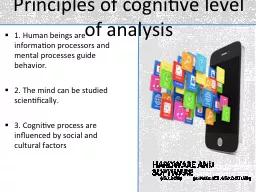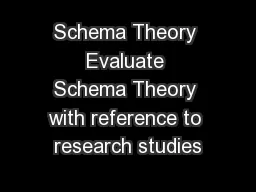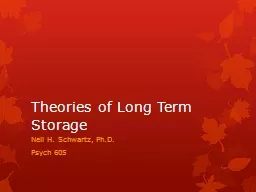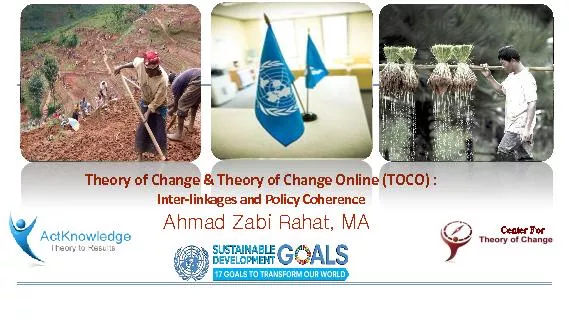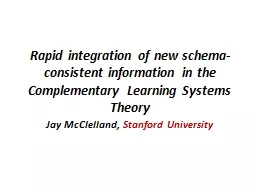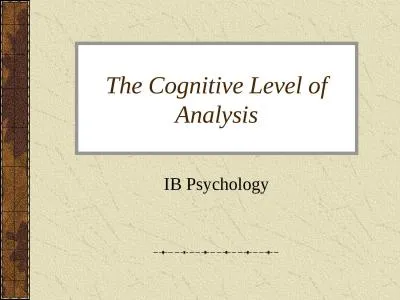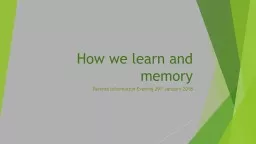PPT-Schema and memory IB Learning Outcome: Evaluate schema theory.
Author : karlyn-bohler | Published Date : 2018-03-01
Brewer and Treyens 1981 aimed to investigate whether peoples memory for objects in an office is influenced by existing schemas about what is expected in an office
Presentation Embed Code
Download Presentation
Download Presentation The PPT/PDF document "Schema and memory IB Learning Outcome: ..." is the property of its rightful owner. Permission is granted to download and print the materials on this website for personal, non-commercial use only, and to display it on your personal computer provided you do not modify the materials and that you retain all copyright notices contained in the materials. By downloading content from our website, you accept the terms of this agreement.
Schema and memory IB Learning Outcome: Evaluate schema theory.: Transcript
Download Rules Of Document
"Schema and memory IB Learning Outcome: Evaluate schema theory."The content belongs to its owner. You may download and print it for personal use, without modification, and keep all copyright notices. By downloading, you agree to these terms.
Related Documents

